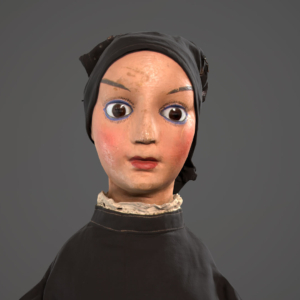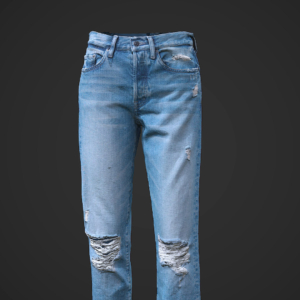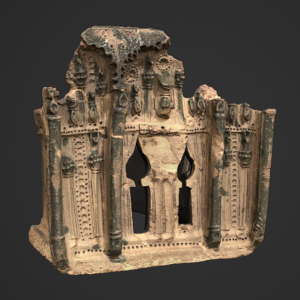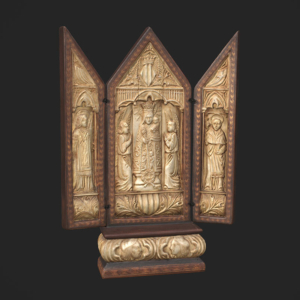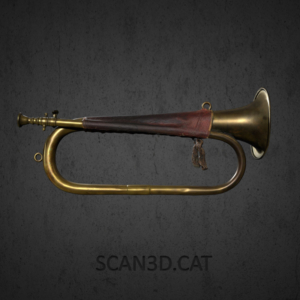This baton is a gift from the chief of a tribe of Democratic Republic of Congo to a doctor who saved the life of his son, in 1970.
The baton was an important object in the culture of D.R. of Congo tribes. It represented the power and authority of the head of the tribe. It was a tangible symbol of his position and was used in important situations to exercise his leadership. For example, the chief could use the baton to preside at meetings and ceremonies, to make key decisions, and to resolve conflicts. Possession of the command staff was an indicator of the chief’s ability and prestige and was considered a sign of respect for his authority. Through the use of it, the chief conveyed his authority and guidance from him to his tribe, and ensured that his decisions were respected and supported.
In addition, the baton had cultural and traditional significance that was passed down from generation to generation. It was seen as valuable and was considered to have its own history and lineage. Therefore, their transfer from one chief to another was carried out with a certain ceremony and they used to be the object of special treatment.
The batons used by the chiefs of D.R. of Congo tribes used to be made of a variety of materials, but with a focus on durability and symbolism. Some were made of natural materials such as wood, bone, or ivory, while others could be made of metal or synthetic materials.
Wood was a popular material for batons, as it was durable and easy to work with. Chiefs often chose precious and rare woods to symbolize their status and authority. Additionally, the wood could be carved and decorated with elaborate designs and patterns to add a personal and meaningful touch to the staff.
Bone and ivory were also popular materials for batons, and were often seen as more noble and luxurious materials. They were more difficult to work than wood, but the end result was a more elegant and solid cane.
In some cases, chiefs could also use batons made of metal or synthetic materials, such as steel or plastic. These materials offered greater durability and resistance to corrosion, and were often lighter and easier to handle than wooden or bone staves.
They used to be decorated with a variety of figures and symbols that represented his authority and his role in the tribe. Some of the more common designs included:
Animals: Representations of animals such as lions, elephants or snakes could appear on the command sticks to symbolize the strength and power of the chief.
Plants and Trees: The leaves and roots of plants and trees were often depicted to symbolize the stability and strength of the tribe.
Stars and Planets: Stars and planets could appear to symbolize the chief’s protection and guidance.
Geometric Patterns: Geometric patterns, such as circles, lines, or repetitive shapes, could be present to symbolize stability and harmony.
People: Human figures could appear to represent important ancestors or to symbolize the authority and power of the chief.
They used to be made by local artisans. These artisans were experts at carving wood, bone, and other materials to create unique and elaborate staffs. Often these artisans worked at the request of a specific chief, and the process of creating the staff could be highly personalized and meaningful.
The artisans could also be hired by foreign merchants or missionaries traveling to Democratic Republic of Congo regions, often creating them for sale or to be used as collectors’ items. In many cases, these batons were simpler or more conventional than the batons made by local artisans, and tended to have less detail and symbolism.
powered by Advanced iFrame. Get the Pro version on CodeCanyon. |
Once the 3D presentation starts, maximize
it to full screen to observe the 360º detail


